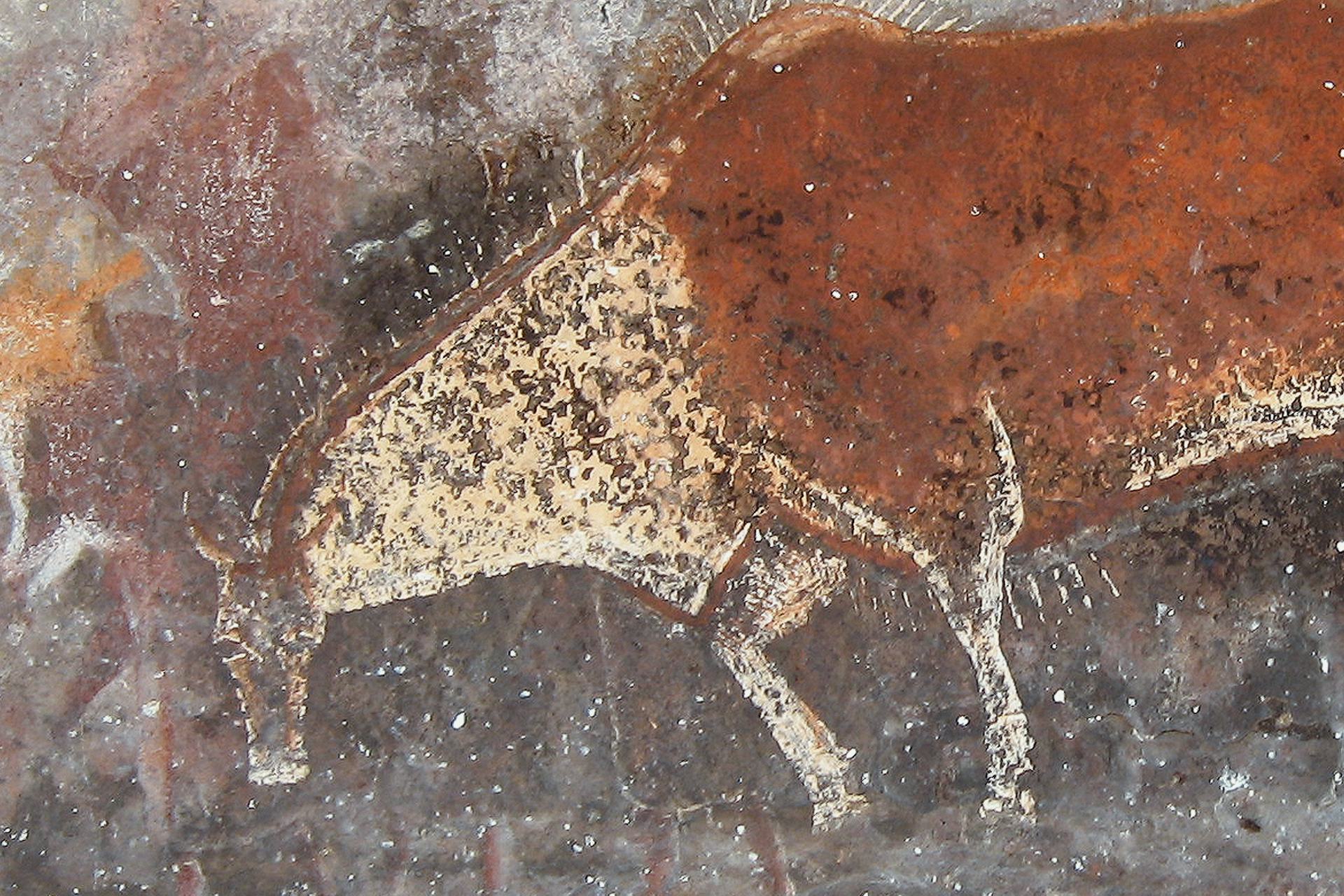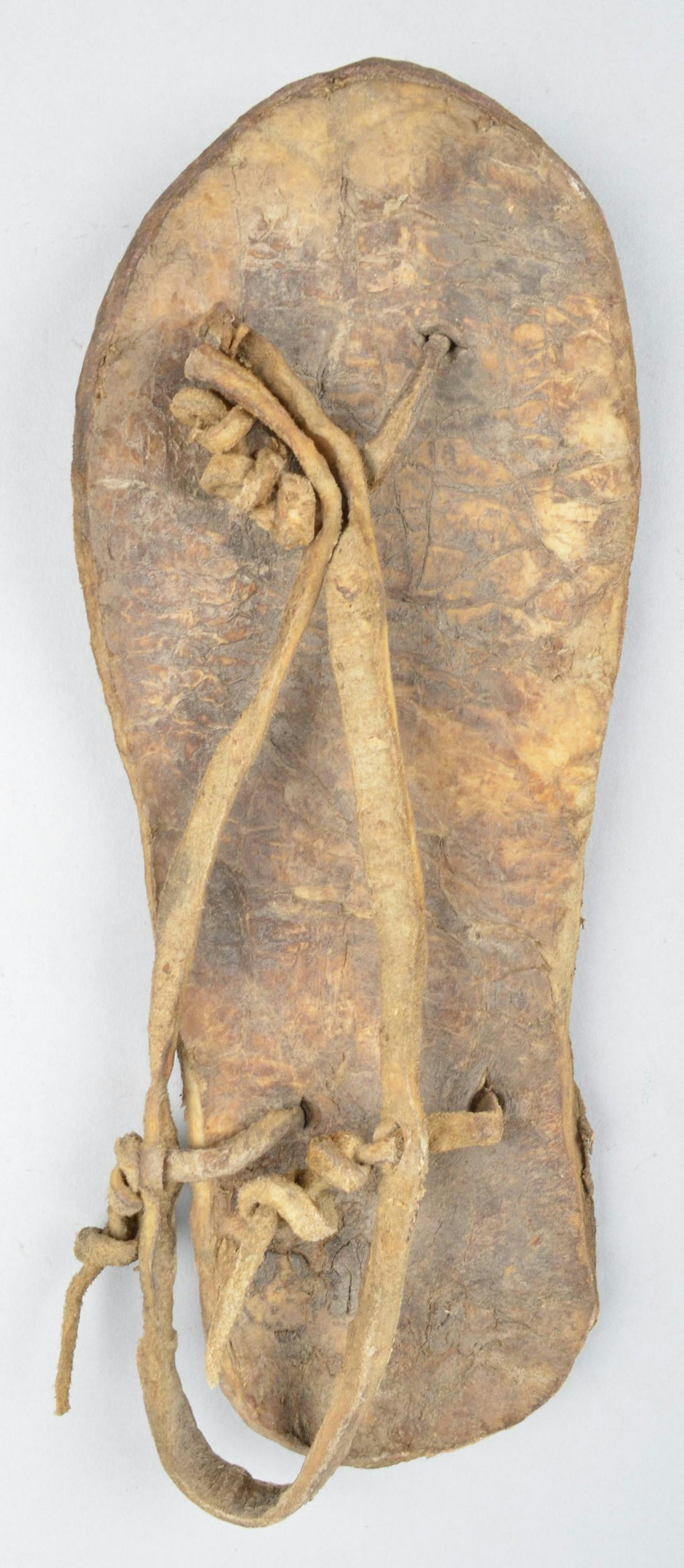ǀKaggen

San Rock Art, from caves in the Drakensberg Mountains in South Africa, depicting a dying eland, by San artist (n.d).
Bradshaw FoundationCopyrightOverview
Kaggen is a Khoisan god, worshipped by the various San tribal groups who live in the Kalahari Desert (Southern Africa). Though he has many names and attributes, he is primarily known as a creator and trickster deity, often appearing in the form of a praying mantis or eland (antelope). Indeed, Kaggen possesses the ability to transform into any animal.
Kaggen is a dynamic god with sometimes contradictory characteristics. He is both creative and destructive, divine but also capable of human error.[1]
In mythology, Kaggen appears as both a trickster figure and a savior. Though he once walked the earth with humans, he became frustrated with stubborn humanity and therefore retreated from the earth.[2] His sacred animal is the eland—the only creature that can locate Kaggen.
Pronunciation[3]
English
Xam
Kaggen ǀKágge̥n Phonetic
IPA
[cg’- AH-g-uhn] /ǀ͡kag.gən/
Kaggen, the Moon, and the Origin of Death

Left foot sandal made of a gemsbuck hide from Southern Africa, by San artist (n.d).
British MuseumCC BY-NC-SA 4.0In San tradition, Kaggen is responsible for the creation of the moon. There are two versions of this story. In one account, Kaggen’s children killed the eland, the god’s sacred animal. In anger, Kaggen pierced the eland’s gallbladder, which blinded him; this created the night. Kaggen then wiped his eyes with an ostrich feather and threw it into the sky, where it became the moon.
The second version states that Kaggen became frustrated one night while trying to walk in the dark. To solve this problem, the god threw his shoe into the sky, where it transformed into the moon. In some traditions, the moon is considered one of Kaggen’s many aspects or forms; when he appears as the moon, he is known as Kho.
The moon is also central to the San myth on the origin of death. According to this myth, Kaggen (in the form of Kho, the moon) sent an insect to earth to tell the humans that the moon had died and been reborn. Because of this, humans would also have to die and be reborn. But a hare stopped the insect and offered to carry the message for him since he was faster.
Upon reaching the humans, the devious hare changed the message, saying that the moon had died and was gone forever, and that humans would therefore also die. Angered by this deliberate miscommunication, Kho/Kaggen struck the hare in the face, splitting his lip. For the San people, this explains why death is permanent and why hares have split upper lips.[4]